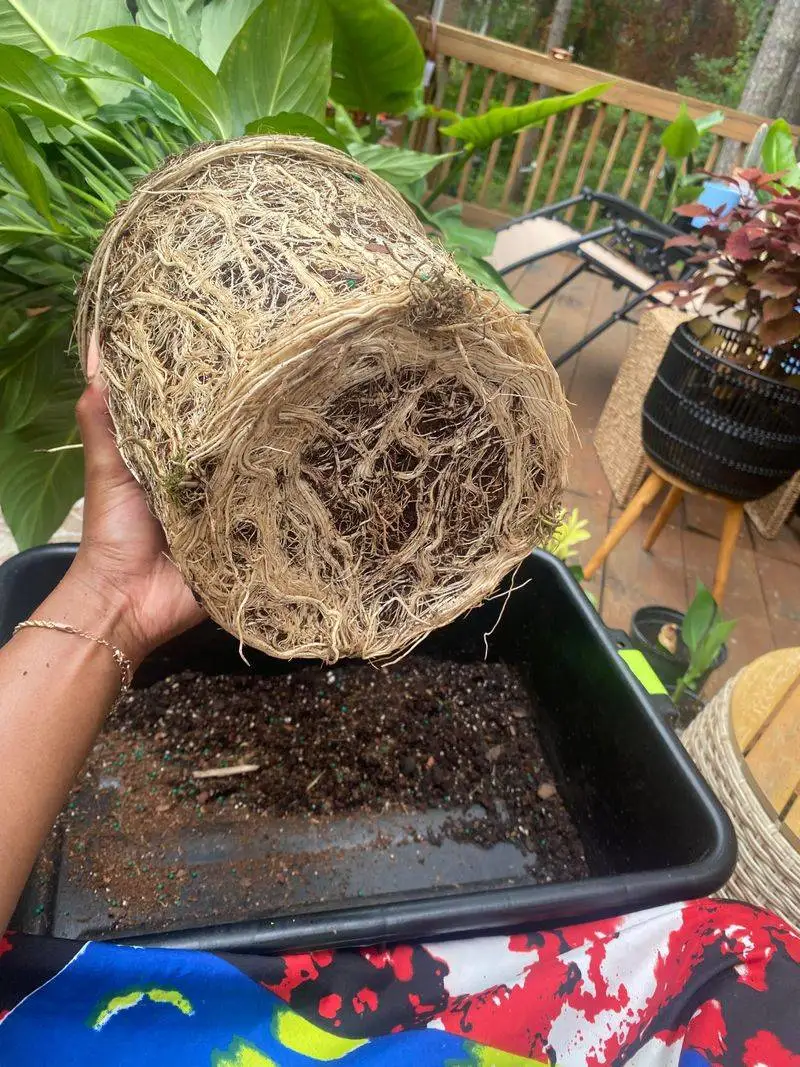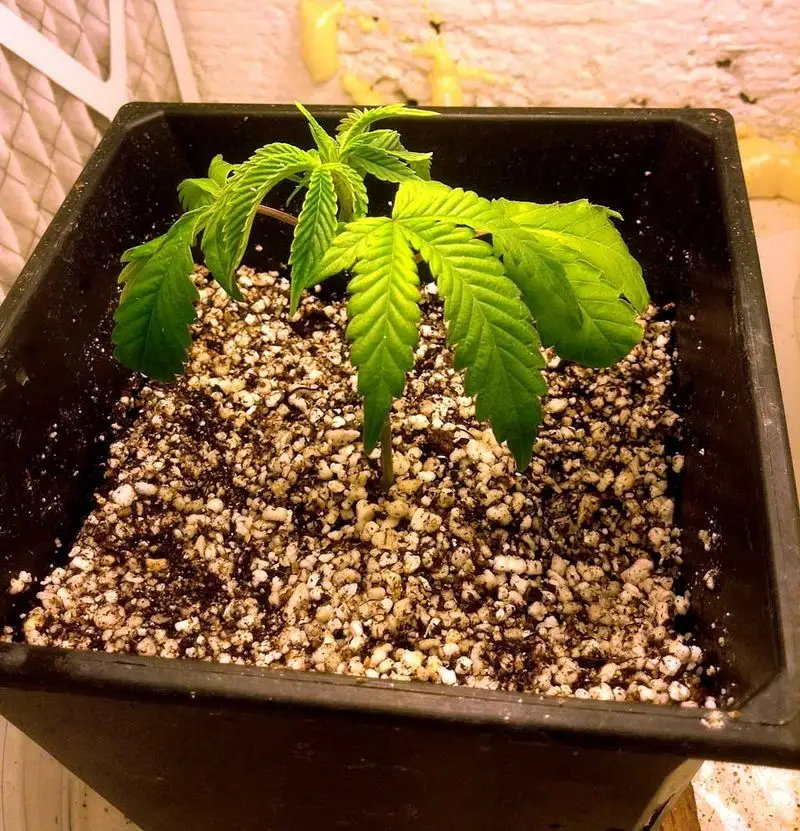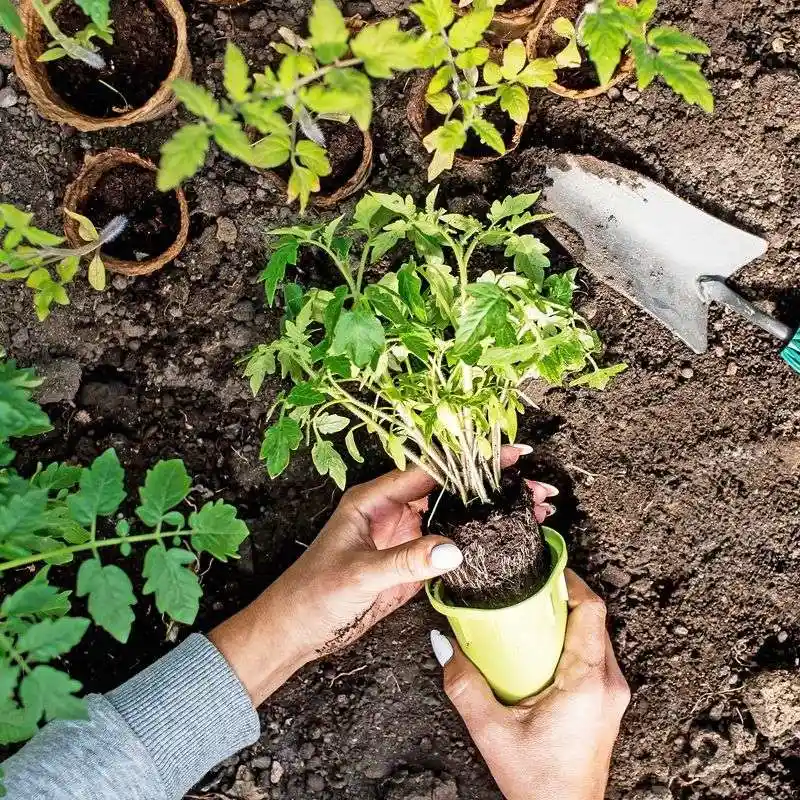If your seedlings always look healthy indoors but wilt or die soon after transplanting, the culprit is often below the surface: their roots. Proper root development and handling are critical for giving young plants the best chance to thrive in their new environment.
Seedlings with damaged, tangled, or underdeveloped roots struggle to absorb water and nutrients once moved outdoors. Transplant shock happens when roots are disturbed or left exposed, leading to stress that can stunt growth or kill the plant outright.
In this article, we’ll explore the key reasons why seedling roots fail during transplanting and share practical tips to protect and strengthen them—helping your young plants survive, grow, and flourish.
Improper Root Handling

Handling roots with care is crucial. Rough or hurried transplanting can damage delicate root systems. Imagine you’re holding a fragile antique; gentle is the way to go. When roots break, the plant struggles to uptake water and nutrients, stunting its growth.
Consider the roots as the plant’s lifeline. Mangled roots mean a weak plant. Take your time, ensure roots are free to spread, and handle with utmost care. The extra few minutes spent being gentle can mean the difference between a thriving garden and a wilted disappointment.
Overwatering During Transplanting

It’s tempting to think more water equals happier plants. However, overwatering can suffocate the roots, making it a silent killer. Roots need oxygen as much as water.
Waterlogged soil prevents air from reaching the roots, leading to rot. Picture trying to breathe with a wet blanket over your face. Monitor soil moisture closely; a little dryness before watering encourages root growth. Finding the balance ensures robust roots and healthy seedlings.
Root Bound Issues

Transplant shock often stems from plants being root-bound. When roots grow in circles, it’s like wearing shoes a size too small.
Before planting, gently tease out the roots to encourage new growth. Let them spread and seek nutrients in their new home. This simple step can rejuvenate a plant and give it the freedom it needs to grow strong.
Failure to Harden Off

Seedlings accustomed to indoor life can face a harsh reality when suddenly moved outdoors. The transition should be gradual. Picture moving from a cozy room to a bustling street; overwhelming, right?
Start by placing them outside for a few hours a day, increasing exposure over a week. This acclimatization strengthens the plant’s resilience to sunlight and wind, reducing transplant shock. Patience pays off with vigorous growth.
Incorrect Soil Preparation

Soil is more than just dirt; it’s a living environment crucial for root health. Poor soil preparation can stunt seedlings. Think of it as laying a foundation for a house; it must be solid.
Incorporate compost and ensure proper drainage. A nutrient-rich, well-draining soil encourages roots to venture and grow. Proper preparation creates a welcoming home for your seedlings, setting the stage for a flourishing garden.

